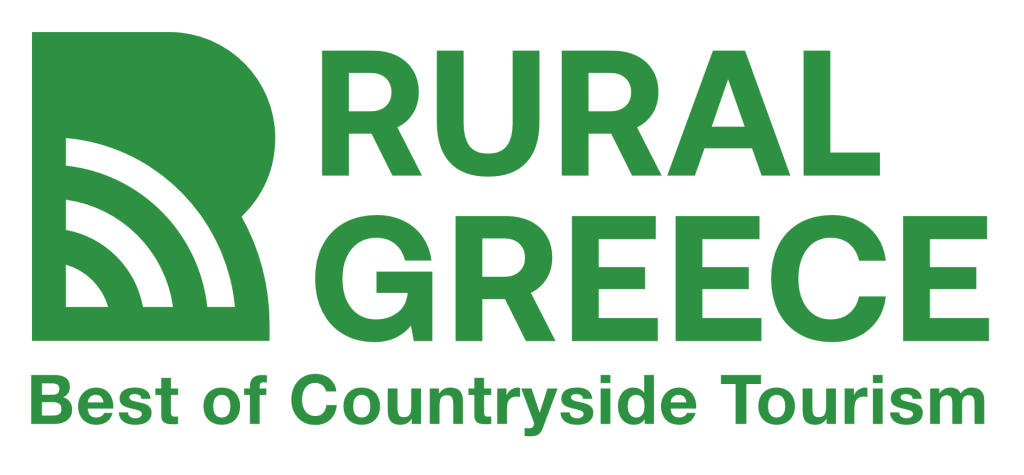Title – Name
Plitvice Lakes National Park
Scope / Sector / Industry
National Park tourism management
Country / Region
Croatia
Why is it good practice?
Plitvice Lakes National Park is considered a good example of national park tourism management, as its management combines the protection of the natural environment with the development of tourism. Through the implementation of strict regulations for the conservation of its natural resources, the use of ecological technologies and the awareness of visitors, it seeks a balance between nature and human activity.
How is it applied?
Plitvice Lakes National Park was established in 1949 and is one of the most important natural attractions in Croatia. It is the oldest and largest national park in the country, which in 1979 was recognized as a UNESCO World Heritage Site and is part of the Natura 2000 network, due to its unique natural beauty and biodiversity.
The park is located in the mountainous region of Croatia, between the Mala Kapela mountain range in the west and northwest, and the Lička Plješivica mountain range in the southeast. Administratively, the park belongs to two regions, Lika-Senj and Karlovac, with most of it located in the former. Today, its area reaches 300 km2 and is mainly covered by forest. The most attractive part of the park is its lakes, covering just under 1% of its total area.
The park is open to the public all year round and offers a variety of activities. Activities that a visitor can do in the park are lake tours, hiking and boating. The park has seven lake tour routes and four hiking trails. All visitors are required to follow the instructions on the information boards, stay on the marked trails and leave no traces of their visit, e.g. garbage.
In addition to the above activities, visitors are encouraged to cycle within the park (it is prohibited inside), on an organized and signed network of cycle paths in the area. Skiing is also recommended at a ski resort located 2.5km. from the park.
Due to the high traffic in the park and to improve the visitor experience, suggestions for accommodation, dining and souvenir shops are displayed on its official website. The park also offers the possibility of holding social and business events on request.
Despite the increased traffic, Plitvice Lakes National Park is considered a good tourism management practice, as through specific actions it ensures the protection of its unique natural environment. Below are some of the key factors that make it a model:
Sustainable management of natural resources: The park applies strict rules to ensure that its natural resources are not affected by human activity. Actions concern the protection of water resources (lakes and waterfalls) and the preservation of the natural morphology of the landscape. The park limits activity to sensitive areas, while allowing limited access for visitors through a network of paths and routes designed to minimize human intervention in the ecosystem.
In particular, the management of water flow in the lakes and the maintenance of the geological features of the park are important to avoid deterioration and preserve the natural landscape. Also, infrastructure (such as bridges and paths) are designed in such a way as to cause minimal impact on the natural environment. A typical example is the use of electric boats and an electric train that are used to facilitate the movement of visitors within the park, which are environmentally friendly, as they operate on electricity, reducing air pollution and the impact on the tranquility of the park.
Promoting environmental awareness: The park has developed educational programs and awareness campaigns aimed at visitors and the local community. Visitors learn about the natural history of the area, ecological processes and the need to protect the environment. The park has educational centers, signs and information leaflets that provide information about ecosystems, wildlife and the threats they face, as well as rules of conduct aimed at protecting the environment.
In addition, many organizations and local communities collaborate with the park to develop educational programs and events that promote sustainability and respectful use of the environment. The park supports the recognition of the importance of nature in everyday life and the importance of sustainability.
Visitor Flow Control: The park implements strategies to limit congestion in critical areas of the park. This is achieved by establishing limited visiting hours and categorizing areas into zones with different rules for access.
The number of visitors is also limited through a ticketing system, which helps ensure that the number of people visiting the park each day is within the capacity of its physical infrastructure. Guided tours are also offered to ensure that visitors stay on designated corridors, avoiding damage to the ecosystem.
Biodiversity protection strategies: The park is home to an impressive variety of plant and animal species, many of which are rare or endangered. Tourism management incorporates strategies to protect this biodiversity. For example, the park includes strict rules to protect species, limiting interaction with visitors and minimizing anthropogenic interference.
In addition, park staff constantly monitor the state of ecosystems and species in order to respond promptly to any threats that may arise. Strengthening biodiversity research and cooperation with international conservation organizations are also important parts of this strategy.
Alternative sustainable tourism activities: To promote a gentle form of tourism, Plitvice Lakes National Park offers activities that are as environmentally friendly as possible. Tourism focuses on hiking, bird watching and nature photography, while activities such as boat trips on the lakes and small ship excursions are limited to reduce the ecological impact. Thus, the park provides opportunities for visitors to explore nature in a gentle way, without disturbing ecosystems.
Cooperation with the local community: The park also plays an important role in the local economy and development. Through tourism, it provides jobs for locals, while encouraging the cultivation of local products and the development of small businesses that serve visitors (e.g. local shops, restaurants, accommodation). This cooperation helps to ensure that the economic benefits of tourism remain in the local community, while at the same time protecting the environment.
The park also works with local organizations to educate and support sustainable tourism, ensuring that tourism benefits the area without damaging its natural and cultural wealth.
Continuous assessment and adaptation: The park’s management strategy is based on an ongoing assessment of the impacts of tourism and the environment. The use of monitoring technologies, such as satellite imagery and sensors to monitor water and air quality, allows park staff to identify potential threats in a timely manner and adapt their strategies.
In addition, the park works with environmental organizations and academic institutions to continuously improve its practices and incorporate new methods of protection and management, in line with the latest developments in the field of ecotourism.
Inclusion: The park is making significant efforts to be accessible to all. Recently, it participated in the project “Nature for All in Sign Language”, which focuses on ensuring accessible communication for the deaf and hard of hearing and on developing awareness of accessible tourism. In addition to creating relevant informational content and utilizing QR Codes technology, the project implemented workshops to train staff on communicating with the deaf and hard of hearing.
These practices make Plitvice Lakes National Park an important example of sustainable and responsible tourism management, which combines environmental protection with the strengthening of the local economy and the visitor experience.
Where is it applied?
Plitvice Lakes National Park is aimed at all those who wish to experience a large and extensive National Park that offers visitors a variety of activities in nature without affecting biodiversity.
When did it applied?
Plitvice Lakes National Park was established in 1949.
Results
Plitvice Lakes National Park has won significant awards for its management. Indicatively, in 2024, it was included in the “Green Destinations Top 100 Stories”, a competition that collects good practices from around the world in the tourism industry. In this competition, the park was distinguished with the story “A Ticket that opens doors of Lika Destination- branding initiative for sustainable tourism development”. Also in 2023, it received the third Green Destinations award for sustainability.
Moreover, in 1992 it became member of the European Network of National Parks and Protected Areas (EUROPARC).
Other information
The official website of Plitvice Lakes National Park is: https://np-plitvicka-jezera.hr/en/




